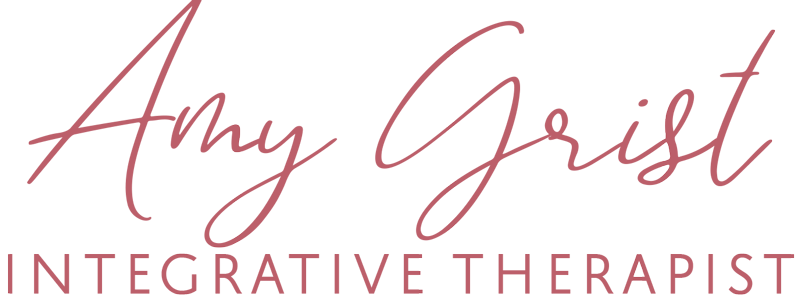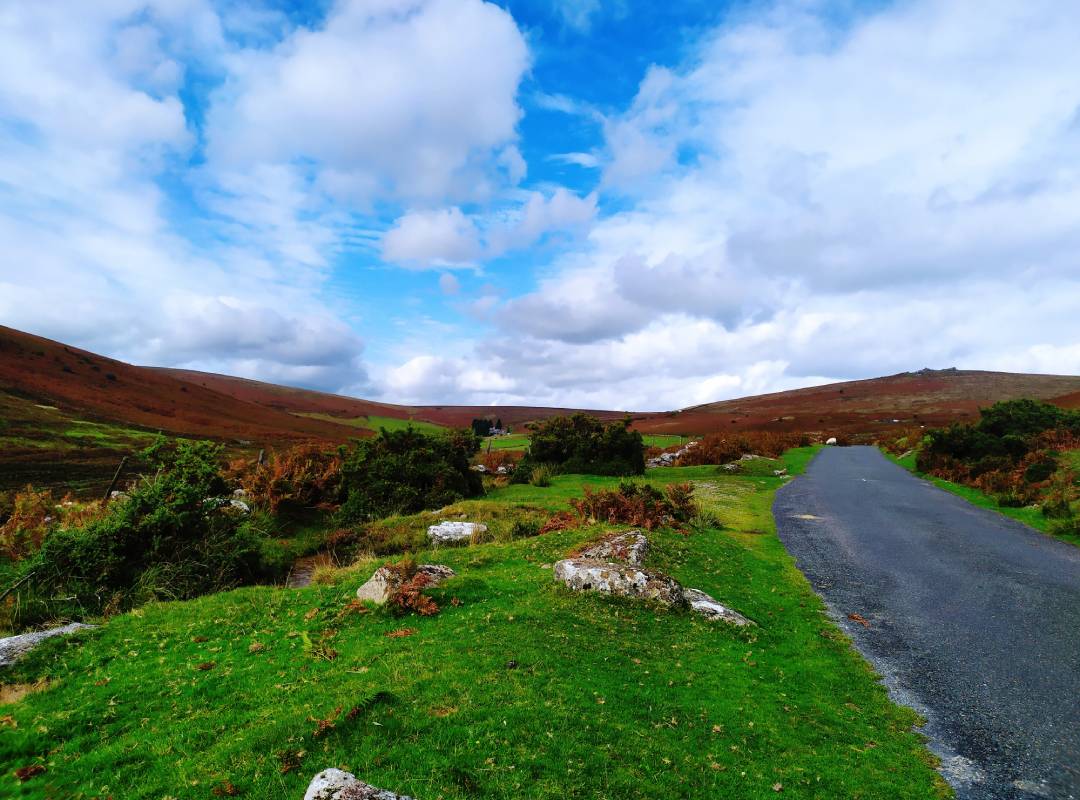Boundaries are needed in order to have and experience safe, trusting, loving relationships. Boundaries begin very early on in our life; growing up our caregivers model boundaries for us and by this association and example, we internalise them.
If we were shown loving, safe, trusting relationships, then our sense of boundaries are set securely, to a large degree. If however, there were experiences that taught us not to trust, that it wasn’t safe to express, explore or test boundaries, the internalisation process and our understanding of boundaries becomes somewhat skewed.
This is sometimes why boundaries tend to have negative or emotionally reactive responses when we talk about them. Unless we have explored boundaries for ourselves, we may not be aware of even what they are, that we have and need them and defining boundaries in our lives is vital to experiencing safe, loving, trustworthy relationships. When we come into a greater understanding and function of boundaries they can be utilised to support us in creating healthy relationships; beginning with ourselves and then extending to others.
Inner child healing is one such area where defining boundaries will arise. The inner child is the primary part of ourselves that developed during the first eight years of life and they carry the collective learned experiences of childhood. If the inner child experienced unsafe relationships, they are going to have formed wounds and learned behaviours that most likely reflect the poor sense of boundaries.
This can show up in a myriad of ways; which deepens the importance of defining safe, healthy boundaries in inner child healing. Conditioned behaviours such as people pleasing, seeking approval from external sources, as well as being closed off, unavailable for others and experiencing loneliness because you aren’t able to enjoy meaningful, safe, relationships in your life.
What is inner child healing?
The inner child is a name given to the internal part, the child, within us; that first sense of self that develops during the primary developmental years of childhood. Inner child healing is a complementary therapy that reconnects you to your inner child, often to heal past wounds, trauma and emotional pain that most of us carry throughout our lives. Whilst it does involve going back to the past, it is also to establish and understand deeper what is currently playing out in your adult life that may be affecting your health, relationships and well-being.
What we experience as children shapes our self esteem and extends outwardly to our family dynamics, the quality of relationships, our belief system, cultural and societal systems. Internally, the inner child holds the key between authentic expression, creativity, fun and play, as well as the parts that carry wounds, traumas and adaptations that began early on because single, or repeated events, caused us to react in a certain way.
These reactions over time become solidified into our behavioural responses, emotional reactions and habit patterns. They can also inform the places we react from (fight, flight, freeze or fawn) and not all of these learned responses serve us anymore as adults. In adulthood our levels of emotional resilience are revealed through how we manage to express our emotions, or as may be the case for many, learn not to express them and instead suppress them.
Inner child therapy provides insight into the wounded aspects of the inner child, which influences our daily thinking, behaviour and emotions. Through healing the inner child, reclaiming the lost, fragmented or distorted parts of us, we enable greater ease in forming a closer bond within ourselves, which then affects the quality of the relationships we have too.
Let’s begin with defining boundaries
What you experienced as boundaries growing up, whether defined, not defined and the grey area in between, is reflected in your inner child’s internalised beliefs. The inner child’s experience of boundaries depends on that of what was modelled to them growing up. If our primary caregivers modelled safe, healthy boundaries then the child naturally learns the same.
There are many layers to boundaries and their place within our human life experience. Physical boundaries are needed to keep watch over a toddler for example, so as to ensure they come to no grave harm. However the extent to which a child is given freedom to explore and learn from their experience as to how to interact with their world is also part of boundaries.
Boundaries exist in ‘invisible’ ways too; emotional boundaries. Did you feel safe and secure as a child to emotionally express yourself? Culturally, generationally, we learned and therefore repeat many variations of this. Again, all too frequently we learned to hide, suppress and swallow our pain, anger, hurt and frustration, as well as sometimes our joy, love and happiness.
Healthy boundaries are rooted in safety, trust and love. If there is a lack of demonstrating safe, healthy boundaries in childhood, adults often subconsciously repeat their learned behaviours with their own children and so gets passed on from generation to generation. This is uncovered during holistic therapies such as inner child healing.
Studies have found that mothers who felt safe and accepted by their own mothers and were still in a healthy relationship with their mother into adulthood, displayed more care and consideration of boundaries with their own babies in the first year of infancy. Boundaries are therefore significant in allowing a child to develop their own sense of self and trust, rather than someone doing it for them.
Defining your own boundaries
Healthy boundaries in relationships refer to what you need to feel safe and secure, within yourself and then with those closest to you. This will vary from person to person, which highlights the importance of education and learning around boundaries because what is safe and right for one person isn’t the same as another. Conversations between caregivers and children around boundaries, or simply the awareness of boundaries greatly impacts one’s understanding of them.
Oftentimes in inner child therapy, regular therapy, counselling and other forms of psychosocial support, it is discovered that many of us do not have conscious awareness of boundaries in a tangible way. This usually stems from early childhood experiences of what was modelled to them and if boundaries were not brought forward into the household consciously, then this shows up as a lack of awareness, knowledge and application.
There are approaches to defining boundaries that focus on relationships rather than boundaries, which brings an interesting consideration to not focus on boundaries and shift the importance of what is needed to establish, nurture and maintain healthy, balanced relationships. There are overlaps in the approach and essentially lead to a similar ending, but some rigidity that can form when beginning boundary work, especially if we are ‘new’ to boundaries takes time to understand, implement and integrate.
Inner child healing gives great importance to our basic human needs; these needs never change and the extent to which we had them met as children is understandably immensely variable. However, bringing into your awareness the understanding of having needs, learning to express your needs and meeting your own needs, where and when possible is part of the journey of integration and healing. Understanding how boundaries play a role in having your needs met also supports you in defining your own boundaries.
Further support with inner child healing
Coming into your own understanding and defining your own boundaries is optimal alongside inner child healing. The inner child is a vast resource of information and will share with you what they need to feel safe, secure and balanced. Your role as a loving adult is then to support your inner child to meet their needs, create greater safety and trust internally so that you can form the same in personal and professional relationships.
Boundaries are a big topic and well within the scope of inner child healing and inner child therapy. There are subtle and important nuances to uncover that are determined by your own personal narrative and childhood experience of boundaries, love, care and trust. As adults, our inner child often needs esteeming to enable them to grow into a more open, loving, trusting state that is rooted in healthy ways of relating, rather than acting out from a place of defence.
If you relate a lot to this article you can find more helpful resources and perhaps look in more detail at love and boundaries in relationships, learn more about parenting in the context of inner child work and read up on how energy healing compliments inner child work too.
For more details on inner child healing or therapy, there are practitioners and therapists available to support you in your journey of healing with the inner child. This will likely include defining boundaries and many more informative, integrative and holistic techniques. If you would consider an inner child healing course, you can enquire here.



